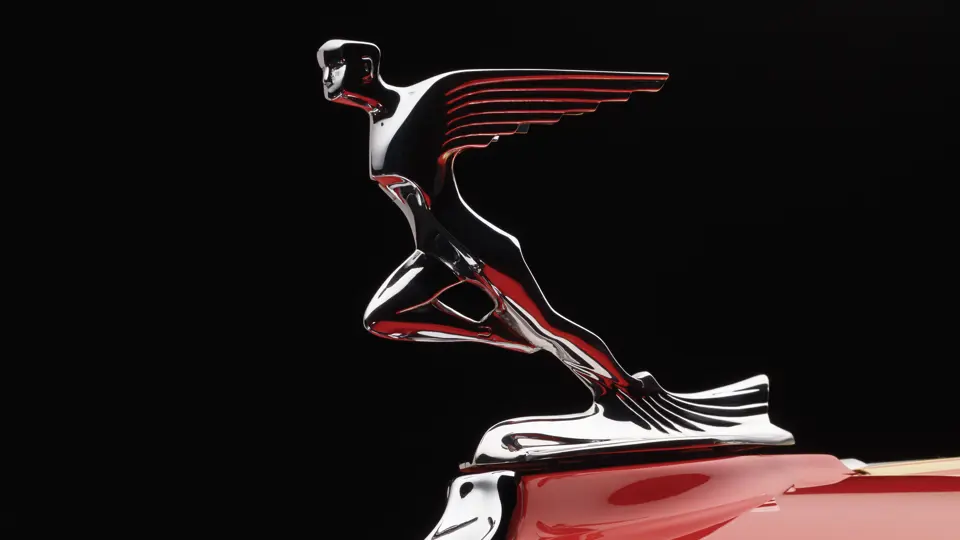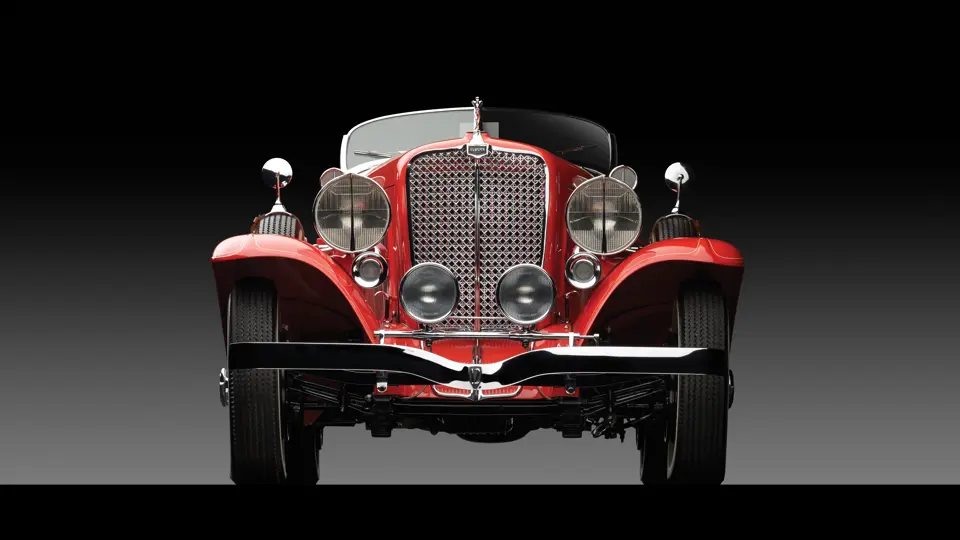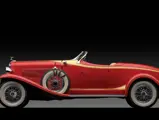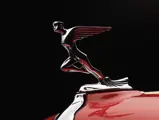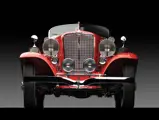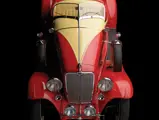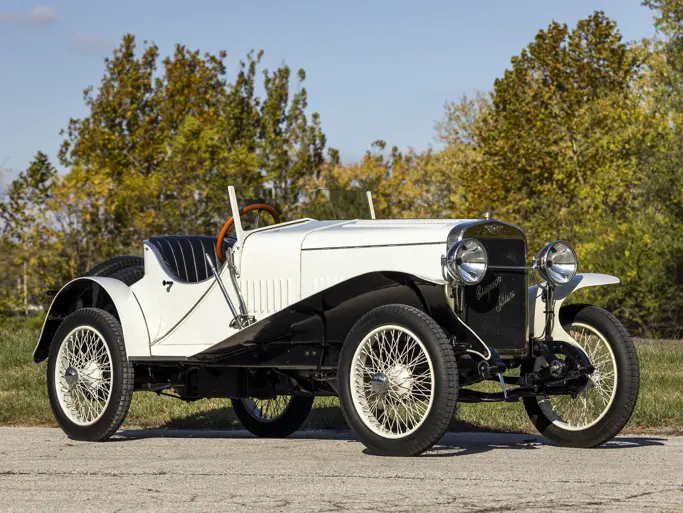
1933 Auburn 12-161A Custom Speedster
{{lr.item.text}}
$1,210,000 USD | Sold
{{bidding.lot.reserveStatusFormatted}}
- The enduring design legacy of styling genius Alan Leamy
- Original, authentic, and matching numbers
- Auburn Cord Duesenberg Club Category One certification
- A multiple-concours-award winner
It is said that a great artist never becomes truly famous until after his death. That is certainly true of Alan Leamy, of the Auburn Automobile Company. When Leamy passed away in 1935, he left behind 33 brief years of startling innovation in body contours—a portfolio that was appreciated in his time, but it never became legendary until decades later. The lines he created matched the man in personality. Formerly of Marmon, he had achieved his job at Auburn by sending a letter to E.L. Cord, offering his services, and he soon impressed his way into a studio. He was boisterous and a lady’s man; he was a true-blue car guy, and he had an eye for simple elegance.
Leamy’s finest design at Auburn was the company’s second generation “boattail” speedster. The original model, introduced in 1928, had been a smash sensation, with its angled door lines, two-tone color scheme, and swept-back pointed tail that practically commanded the owner to test its 100 mph top speed. Leamy’s successor model featured more rounded, graceful lines with a blunted tail, creating a sensuous curve that wrapped around the rear of the car. Character lines through the hood provided a natural place to divide color schemes, as they traced the “vee” of the windshield. Most prominently and famously, Leamy made no attempt to hide the length of the Auburn’s hood, using the stretch of painted metal to emphasize the Lycoming power beneath it. It was Art Deco at its technical best.
The speedster body was offered on eight- and twelve-cylinder chassis. Naturally, it was the Twelve that became the prestige item. The price was slightly higher in Custom trim, which added chrome sidelights, headlights, and taillights; wire wheels; and the “Dancing Lady” hood ornament. Nonetheless, it was an astonishing performance bargain for an automobile. Nonetheless, it was not abundant power that made the Auburn Twelve Speedster an icon of its age, it was Alan Leamy, the man who made beauty out of a beast.
The present owner acquired this Speedster as a restoration project from the late David Robinson, of Massachusetts. Importantly, it was accompanied by a 1936 New York State registration, dated May 27th, recording this Auburn, chassis number 2119E, as being in the ownership of Theodore Kilpert, of Jamaica, New York. As “E” was the prefix used by Auburn to identify speedster chassis, the registration was an important suggestion that this was an original, accurate car. A later transfer of the title document records Kilpert as having sold the car to Pye’s Motor Sales, of Frankfort, New York, in 1963.
Three years later, Everett Pye joined the Auburn Cord Duesenberg Club, noting that he was “an Auburn fancier, having two convertibles and a speedster.” When he died in 1994, the Speedster was stored inside an old school bus, from which it would eventually be retrieved and sold to Mr. Robinson. Its image would be etched on Mr. Pye’s gravestone.
Auburn produced only 20 Eight and Twelve Speedsters of all types, including the Standard, Custom, and Salon models, in 1933. Even with the possession of a 1936 registration and this car’s known, long-term history, it was very important that the Speedster’s authenticity be established without a shadow of a doubt, and for that, the owner turned to the experts.
During the Auburn’s restoration, it was submitted to the Auburn Cord Duesenberg Club for certification as a Category One car, meaning that it retains a body, engine, frame, and all other major components of the same model series. Happily, the certification report, which is available for inspection, notes not only that all of the parts in this car are of the correct model series, but also that the engine, frame, and body all belong to this very Auburn. “This is an original factory-built speedster on the original speedster chassis,” noted Certification Supervisor Paul Bryant. “All numbers match!”
Writing to the owner later, Bryant noted that the production tally of 12-161A Speedsters in 1933 amounted to only three cars, two in January and one in April. The original wood sill found in this car, stamped U47-108, indicates that this particular car was the eighth body produced in 1933, and that it was one of the two Speedsters assembled in January.
With confirmation of the Speedster’s originality, its rebirth to concours condition continued. The Auburn was disassembled down to the last nut and bolt, with each component identified, cleaned, and then carefully inspected before being restored to the highest standards of fit, function, and finish. Any imperfections in the bodywork were remedied, and hundreds of hours were dedicated to careful block sanding and preparation for painting. The finish, a bold combination of Cord Red and Yellow, was color-sanded and buffed, to provide a superior shine and quality finish.
While the drivetrain was complete, every component was completely and mechanically rebuilt and cosmetically refurbished. An intensive program of research was undertaken, ensuring that each detail was faithful to the original materials and finish. The interior trim and upholstery are identical in their form and pattern to the originals, and the top and upholstery were painstakingly cut and fitted to match the original pattern. Each instrument was restored, and a new wiring harness was fabricated for the complete car. Each light, bezel, and lens was carefully rebuilt and reinstalled.
The completed restoration has been proudly shown all over the country. It earned class awards at the ACD Club National Reunion in 2000 and 2002, as well as at the Pebble Beach Concours d’Elegance during the special Auburn Cord Duesenberg feature year of 2007. In 2009, it was recognized as the American Best in Show at the Greenwich Concours d’Elegance, followed by a win of Best in Class at the Concours d’Elegance of America at St. John’s in 2011, proving that the restoration has only become better with age.
Imitation is the sincerest form of flattery, but in the final analysis, it is the original that everyone wants. Presented here is an Auburn Twelve Speedster with matching numbers, bearing ACD Club Category One certification without excuses, and it has been exquisitely restored without object to cost.


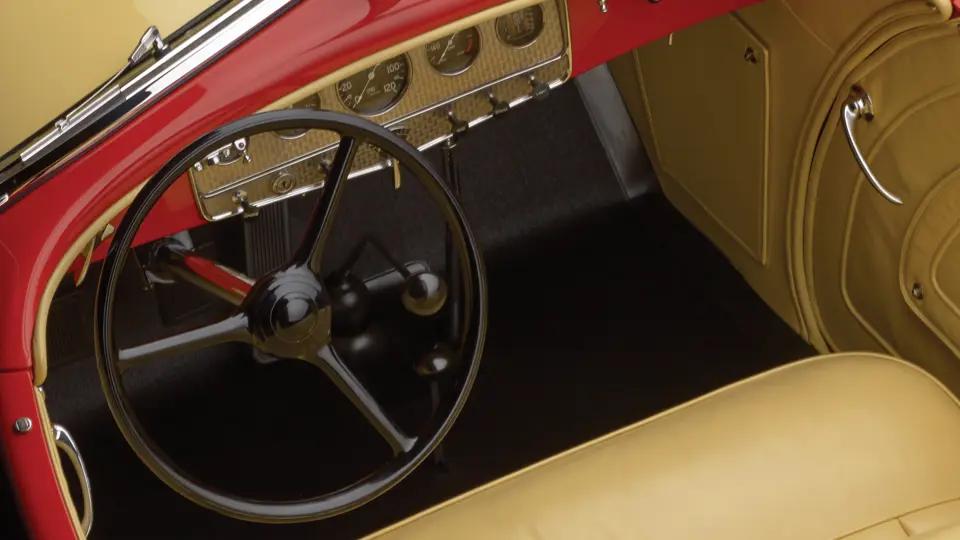

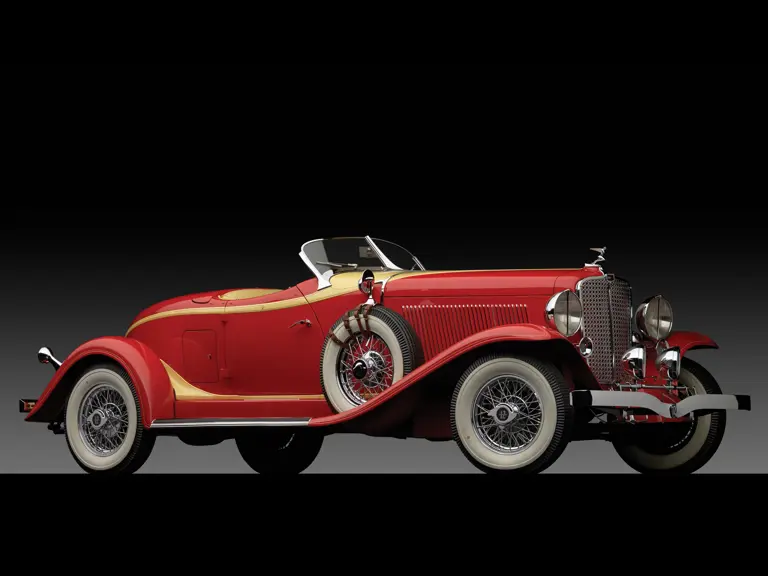
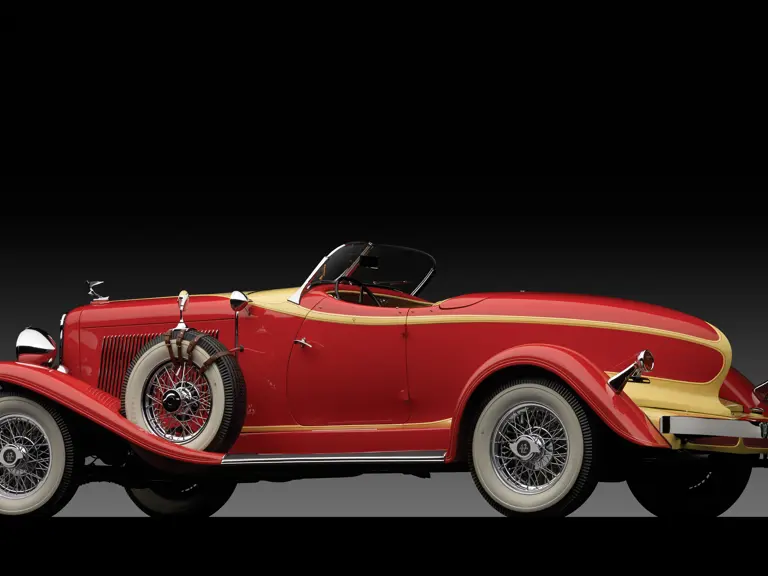
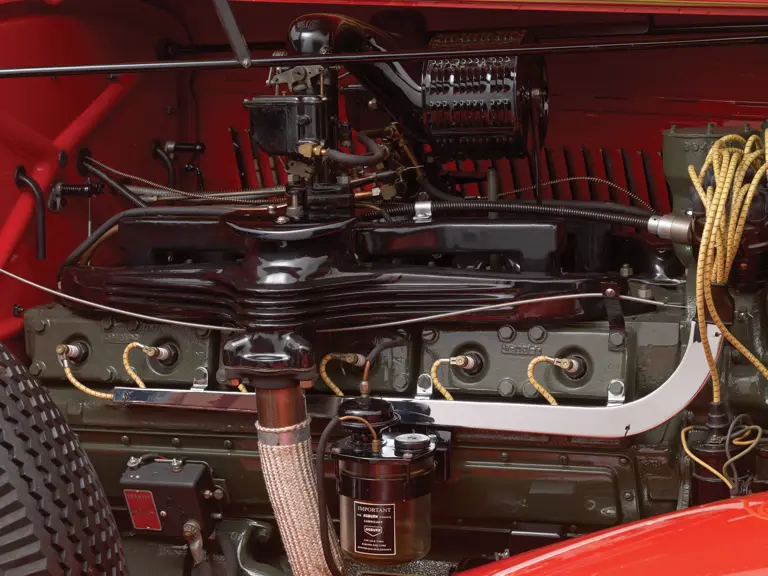
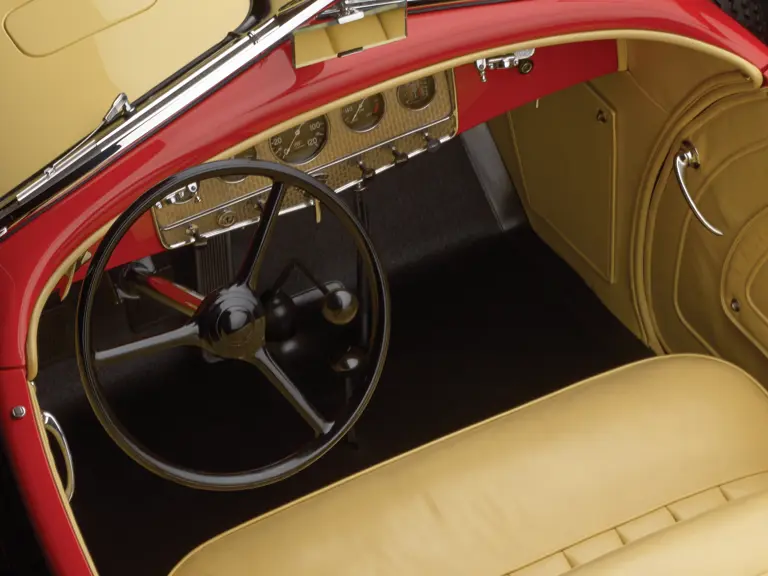
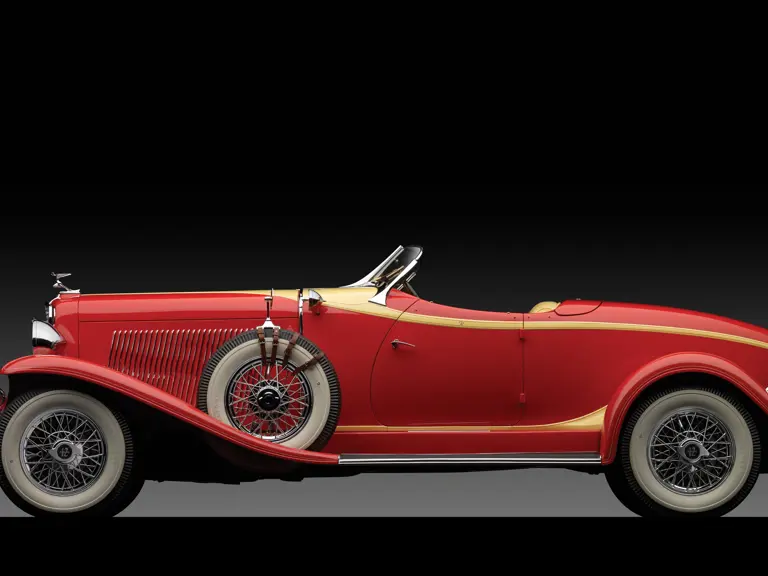
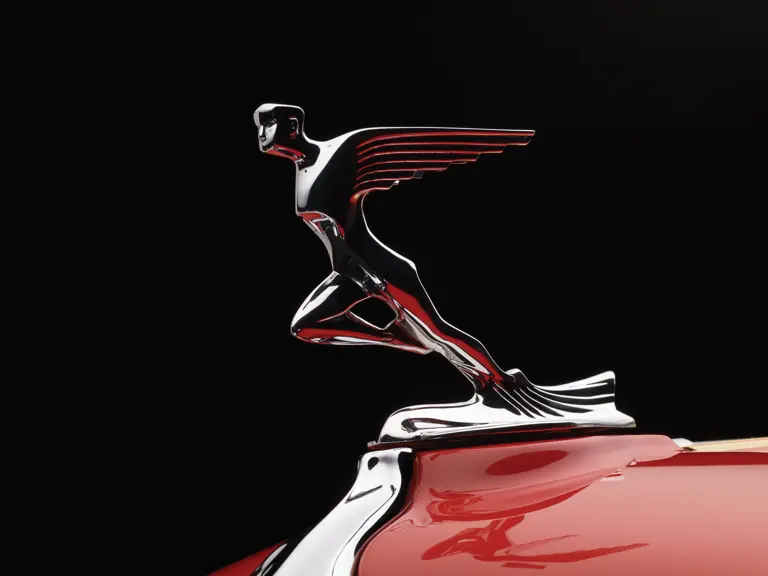
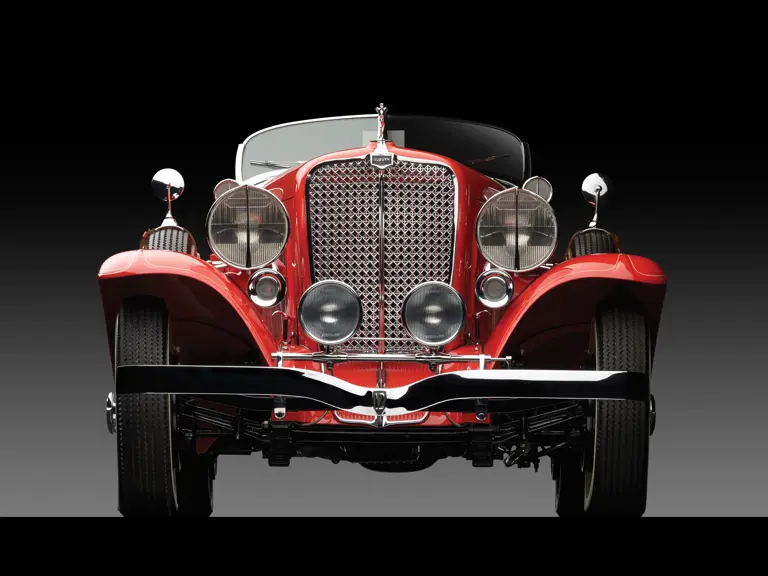
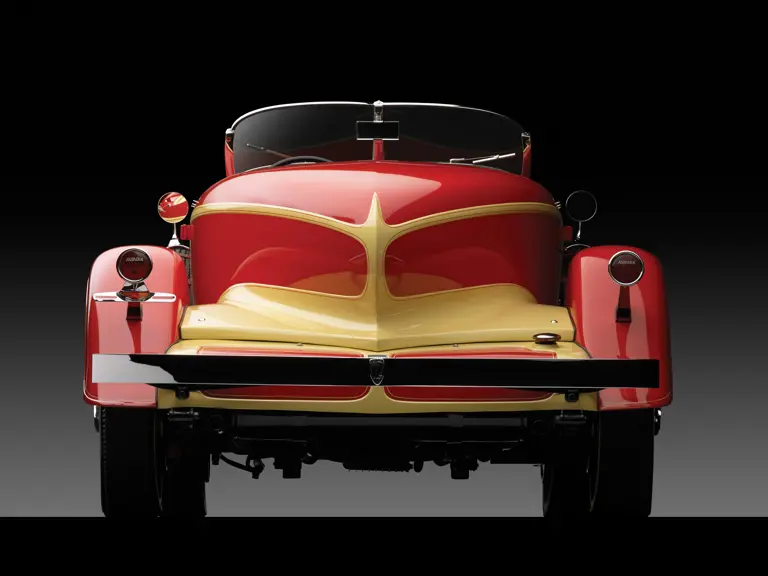

 | New York, New York
| New York, New York

